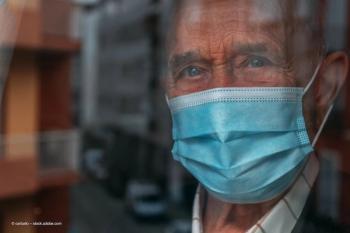
Fs-laser safe for capsulotomy creation
Anterior capsulotomies may be created safely and efficaciously using a femtosecond laser system (Catalys Precision Laser System, Abbott Medical Optics), according to a study published online in the Journal of Cataract & Refractive Surgery.
Anterior capsulotomies may be created safely and efficaciously using a femtosecond laser system (Catalys Precision Laser System, Abbott Medical Optics), according to a study published online in the
Researchers from Moorfields Eye Hospital, London, conducted a prospective consecutive case series that evaluated 1,000 femtosecond laser–assisted cataract cases performed at the hospital between January 2013 and March 2014. During that time, platform software versions 2.15, 2.15.13, and 2.20 of the femtosecond laser system were used. The researchers evaluated the rate of complete capsulotomies that were performed without adhesions and anterior capsule tears.
The researchers found that in 998 of the 1,000 cases (99.8%), a complete 360-degree capsulotomy was present without adhesions or bridging tags. There were no cases of intraoperative tears of the anterior capsule.
There were 2 cases of incomplete capsulotomy: 1 in which the laser was aborted during the procedure and the procedure was completed manually, and 1 in which a single bridging tag adhesion occurred at capsulotomy removal, and a radial tear was identified after removal of the nucleus. The tear did not extend to the posterior capsule.
To read the abstract of the study, click
Newsletter
Get the essential updates shaping the future of pharma manufacturing and compliance—subscribe today to Pharmaceutical Technology and never miss a breakthrough.




